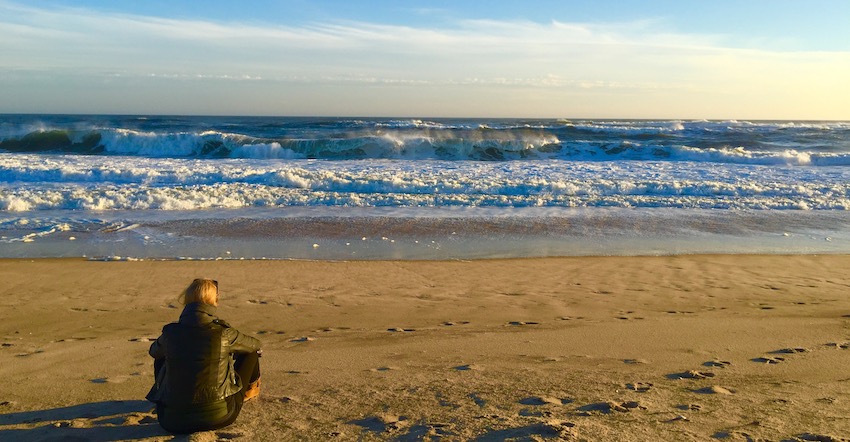Leadership posts

Mindfulness for Everyday
Posted by Laurie J Cameron
I wrote a blog post four years ago that mindfulness had reached the tipping point because it was on the cover of TIME magazine. That was only the beginning. Now it has permeated almost every segment- I facilitate mindfulness programs for high-tech, banks, media, insurance, consulting and business schools. Why has it become even more of a revolution than ever? Because our world is uncertain and complex, and we are in that world as humans wired to have busy, wandering, distracted minds. The scanning mind, looking for potential threats is part of evolutionary biology - it is our built in survival mechanism. We also spend a good part of the day prospecting and planning our future. Our minds wander about 47% percent of the day. We can train to be present for more of our life.
Mindfulness is simply paying attention, on purpose, in the present moment, to yourself, others and your surroundings, with openness, curiosity and kindness.
Mindfulness includes both paying attention, and the quality of our minds as we are attending. Dr. Shauna Shapiro, a mindfulness researcher, frames it as attention, intention and attitude. We learn to bring a kind attention to the present moment, whatever it is.
Mindfulness has more to do with how we are versus what we are doing. It is a quality of “being” while we are “doing” whatever ordinarily takes up our day - walking the dog, talking to a client, reading an email.
Mindfulness includes the skill of being present with openness and compassion, and the state of being mindful. We start to notice that we can recover from difficult emotions more quickly, we pay attention and connect with others more easily, we can calm our racing mind, and show up for ourselves and others with a more authenticity, courage, presence and kindness.
Attention. Attention can be thought of in two ways: as a flashlight - directing our attention deliberately on an object or person, even our breath; and like a floodlight, paying attention to the surroundings, with the senses, in the present moment. Most often, our attention is on the past or in the future where we are self-focused, ruminating or obsessing about our day. With practice, we can strengthen the part of our brain that helps focus and sustain attention. Building that strength has enormous payoffs in performance, relationships and a sense of well-being.
Intention. What are you attending to - and how? When we practice mindful attention, we direct our attention by being purposeful about the focus of our minds - are we noticing where we are falling short? Are we appreciating what is working? Intention shapes mindset, and directs attention with purpose. We begin to recognize when we are obsessing, overthinking or cruising on autopilot and can apply the intention to focus with openness, curiosity and gratitude.
Attitude. What is your mindset? How do you interpret situations? When we are mindful, we start to see the habits of our mind – perhaps comparing, judging, defending, blaming, needing to be right, or do it right, or feeling not enough. Other times, perhaps we are more accepting, appreciative, generous, and curious. The good news is that, with mindfulness, we start to see our own mental patterns and habits and can begin to practice strengthening a positive and receptive mind. Being open and curious is the springboard for creativity, innovation and collaboration.
The good news is that mindfulness is trainable, but it takes practice, like any skill. You can practice deliberately, even 5 minutes a day to build up your capacity to focus, sustain attention, and calm the mind and body on demand. Integrated mindfulness is another way of practicing- being present and attending to whatever it is you are doing with intention and awareness. You can start with just three breaths - the first to harness your attention and bringing it to the process of breathing, the second breath to intentionally relax your body, and the third to ask yourself "What's important now?"
Try the 3 Breaths practice at different times in your day as a way to create a mindful pause. In just three breaths you can become more present for more of your life, in the everyday.